-
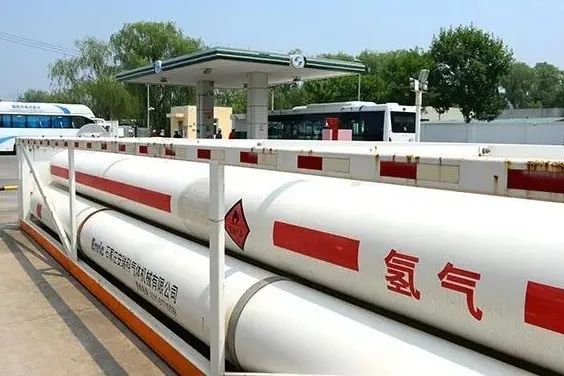
Applications of Molecular Sieves in Hydrogen Production, Purification, and Storage
Molecular sieves are indispensable in the hydrogen industry, offering crucial technical support through their efficient adsorption and catalytic properties across production, purification, and storage processes. Core Advantages in Hydrogen Applications: ● High Selectivity: By adjusting pore size...Read more -
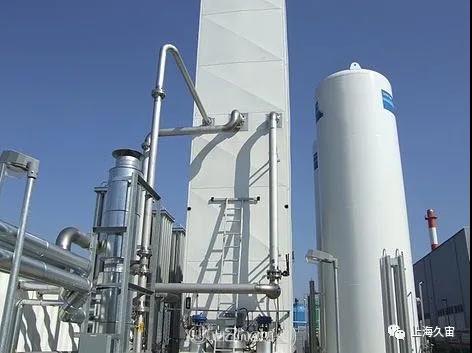
Application of Activated Alumina and Molecular Sieves in Cryogenic Air Separation
The purification stage in cryogenic air separation is critical. Its core task is to remove low-temperature condensable components (such as H₂O, CO₂, and hydrocarbons) from air using a combination of molecular sieves and activated alumina, ensuring the safe and stable operation of subsequent disti...Read more -
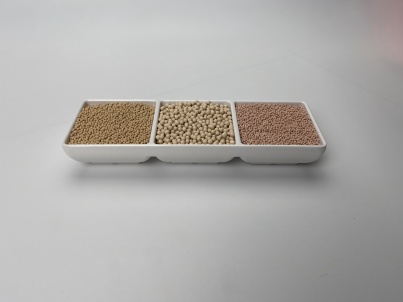
The Critical Role of Molecular Sieves in Electronic Gas Purification
Electronic gases are core materials in industries such as integrated circuits, display panels, LEDs, and photovoltaics. They are widely used in key processes like cleaning, etching, chemical vapor deposition (CVD), and ion implantation. As semiconductor technology evolves toward smaller nodes (be...Read more -
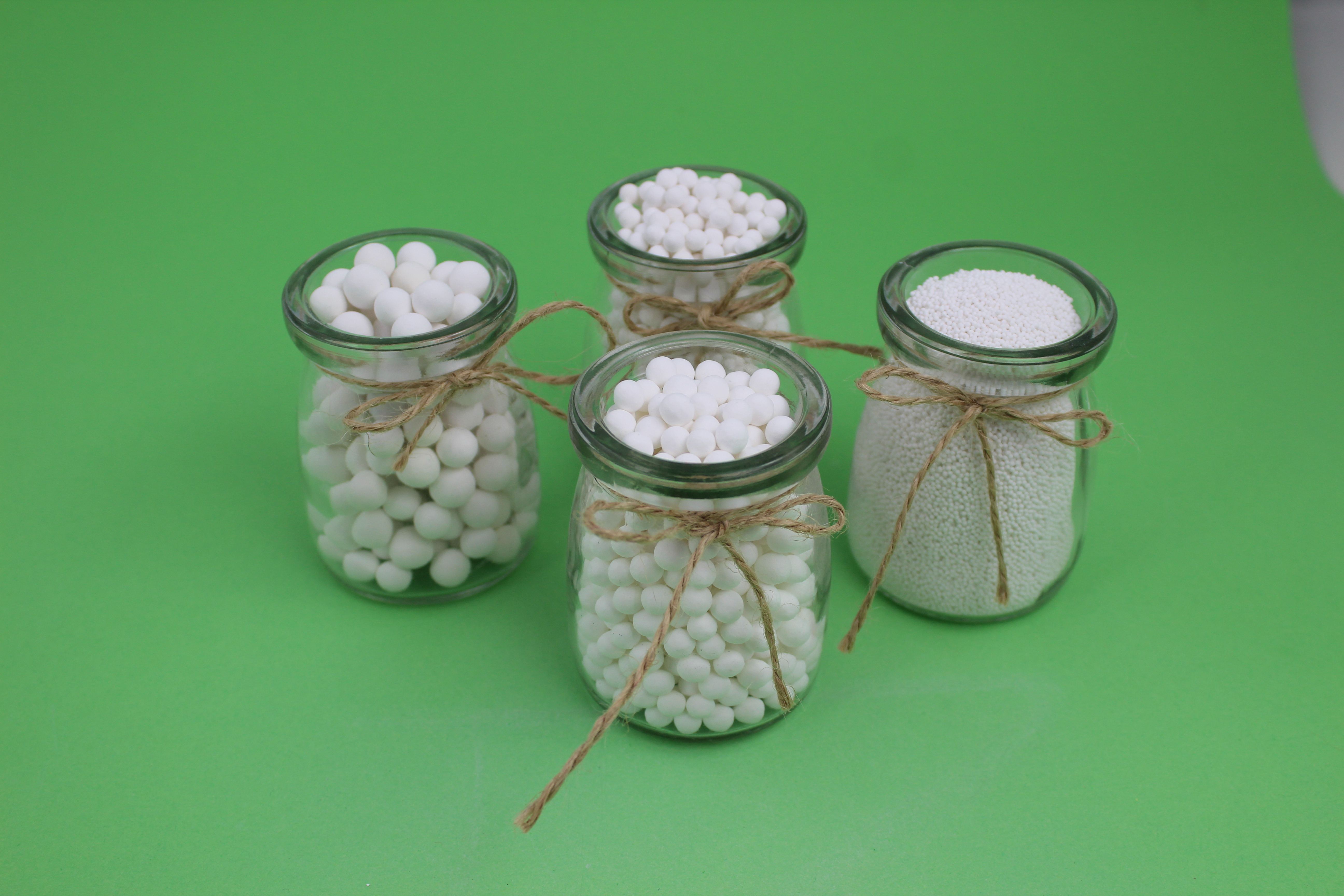
Recommended Particle Sizes of Activated Alumina for Air Dryers
Activated alumina is a commonly used adsorbent in air dryers. Standard particle sizes range from 0.4–1.2 mm to 6–8 mm, and custom sizes can also be provided based on specific needs. For air dryer applications, 3–5 mm spherical particles are typically selected due to their balance of adsorption ca...Read more -

Application of Activated Alumina in the Electronic Components Industry
In the manufacturing of electronic components—particularly moisture-sensitive devices such as IC chips and semiconductor components—environmental humidity control is critical during production, storage, and transportation. Thanks to its excellent moisture adsorption capacity, chemical stability, ...Read more -
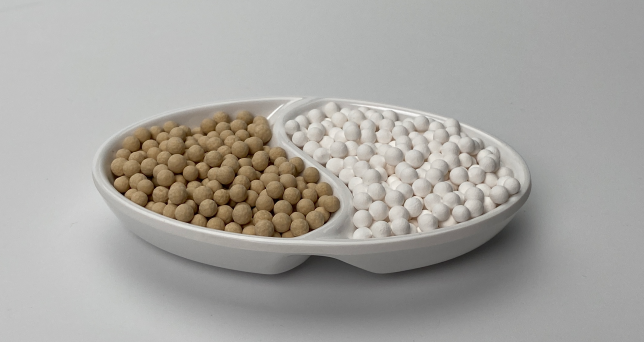
Differences Between Activated Alumina and Molecular Sieve & Their Combined Use in Drying Solutions
Activated alumina is the most widely used desiccant in industrial drying. According to statistics, more than 80% of industrial air compression drying systems use activated alumina as the core drying medium. It typically achieves a -40°C dew point, which is sufficient for standard applications. Mo...Read more
News
Sending enquiries
Any Problem, please feel free to contact us. Respond within 24 hours.

